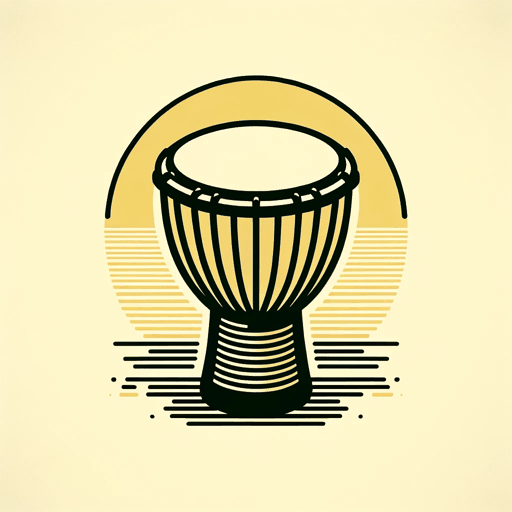19 pages • 38 minutes read
Vachel LindsayThe Congo
Fiction | Poem | Adult | Published in 1914A modern alternative to SparkNotes and CliffsNotes, SuperSummary offers high-quality Study Guides with detailed chapter summaries and analysis of major themes, characters, and more.
Literary Devices
Form and Meter
Rhymed couplets make up most of “The Congo,” with lines that typically scan as loose tetrameter. Single-syllable perfect rhymes dominate the poem, though several passages of onomatopoeia abandon the structure briefly. Stage directions interrupt the metrical and rhyme structure; these directions do not appear in Lindsay’s performance of the poem. A study of the printed poem, however, must consider these directions as lines. Without the assistance of Lindsay’s dramatic interpretation, the reader must stand in as the poet, adding the auditory and physical dimensions outside the text. Lindsay brackets and indents the stage directions, as if they constitute a directorial voice that supports the text concurrently, rather than stopping it. Many of the directions require specific action; Section II begins “[Rather shrill and high.]” Some directions, like Lines 1 and 2 of Section III, demand an imaginative interpretation: “[Heavy bass. With a literal imitation/of camp-meeting racket, and trance.]” The reader must imagine the following rhymed tetrameter couplet delivered by a speaker playing the role of a camp-meeting participant in an ecstatic state.

